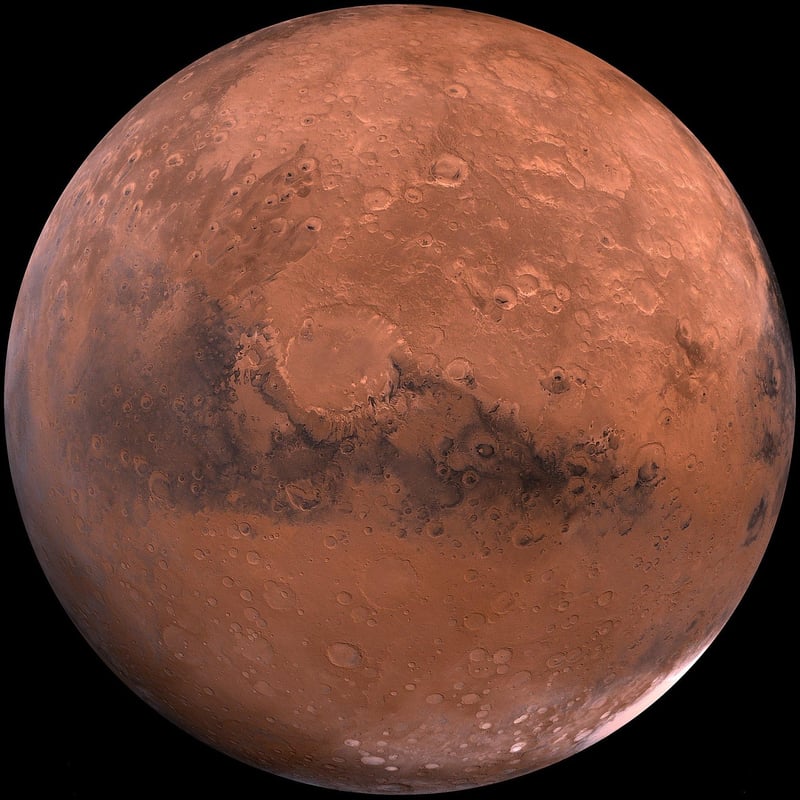Martian Resources
Utilizing Celestial Bodies for Sustainability and Martian Resources
In recent years, the idea of utilizing celestial bodies for sustainability and resource extraction has gained significant attention. Among these bodies, Mars, the fourth planet from the Sun, has emerged as a prime candidate for potential colonization and resource utilization.
The Potential of Martian Resources
Mars is rich in various resources that could be instrumental in sustaining human life and fueling future space missions. Some of the key resources available on Mars include:
- Water ice: Mars has significant deposits of water ice, which could be used for drinking water, growing crops, and producing oxygen through electrolysis.
- Regolith: The Martian soil, known as regolith, contains minerals that could be utilized for construction materials, radiation shielding, and even fuel production.
- Carbon dioxide: Mars' atmosphere is composed mainly of carbon dioxide, which could be processed to produce oxygen for breathing and methane for rocket fuel.
Potential Applications on Earth
While the immediate focus of Martian resource utilization is on sustaining human life on the Red Planet, the technologies developed for such endeavors could also have applications on Earth. For example:
- Water recycling and purification technologies developed for Mars could be used to address water scarcity issues on Earth.
- Innovations in sustainable agriculture for Martian colonies could help improve farming practices and food security back on Earth.
- Advanced construction techniques for building habitats on Mars could inspire new environmentally friendly building methods on Earth.
Challenges and Opportunities
While the idea of utilizing Martian resources for sustainability is promising, it also comes with various challenges. These include the high cost of space missions, the harsh Martian environment, and the need for international cooperation. However, overcoming these challenges could open up new frontiers for exploration and resource utilization beyond Earth.
Exploring and utilizing celestial bodies like Mars for sustainability not only presents exciting scientific and technological opportunities but also raises important ethical and environmental considerations. As we venture further into space, it is crucial to ensure that our actions are sustainable and responsible, both for the future of humanity and the preservation of celestial bodies themselves.

As we continue to push the boundaries of space exploration, the possibilities for utilizing celestial bodies like Mars for sustainability and resource extraction are endless. By harnessing the power of science, technology, and innovation, we can pave the way for a more sustainable future, both on Earth and beyond.
